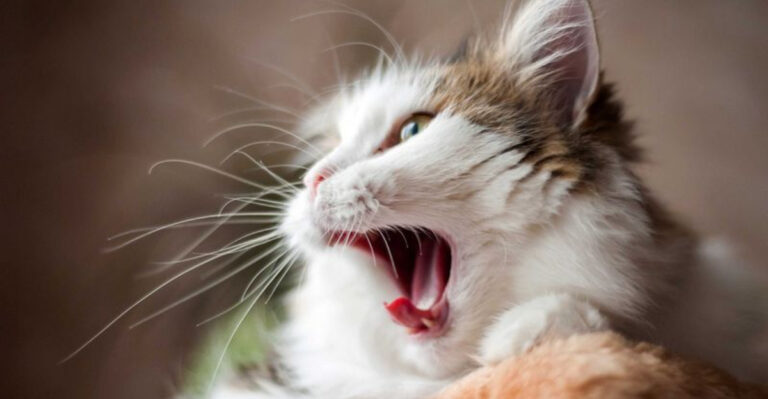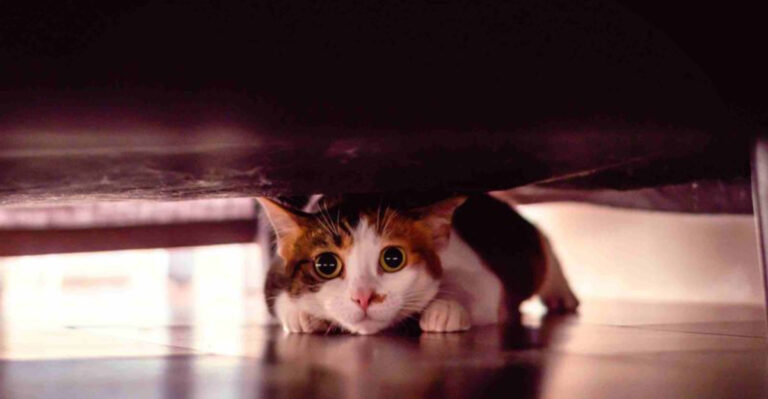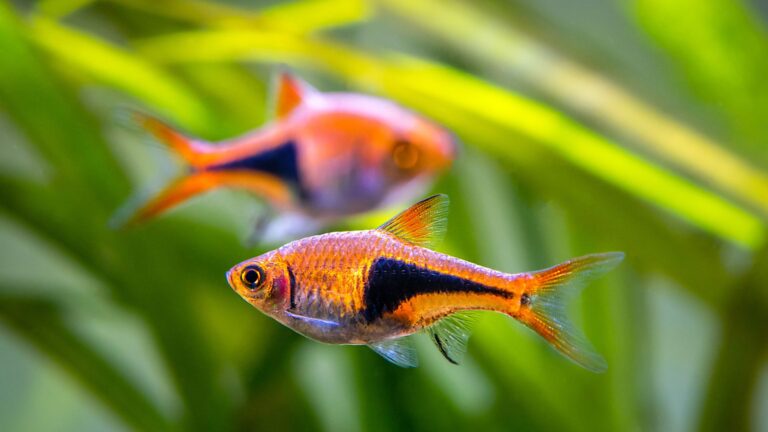21 Things No One Tells You About Indoor Cats
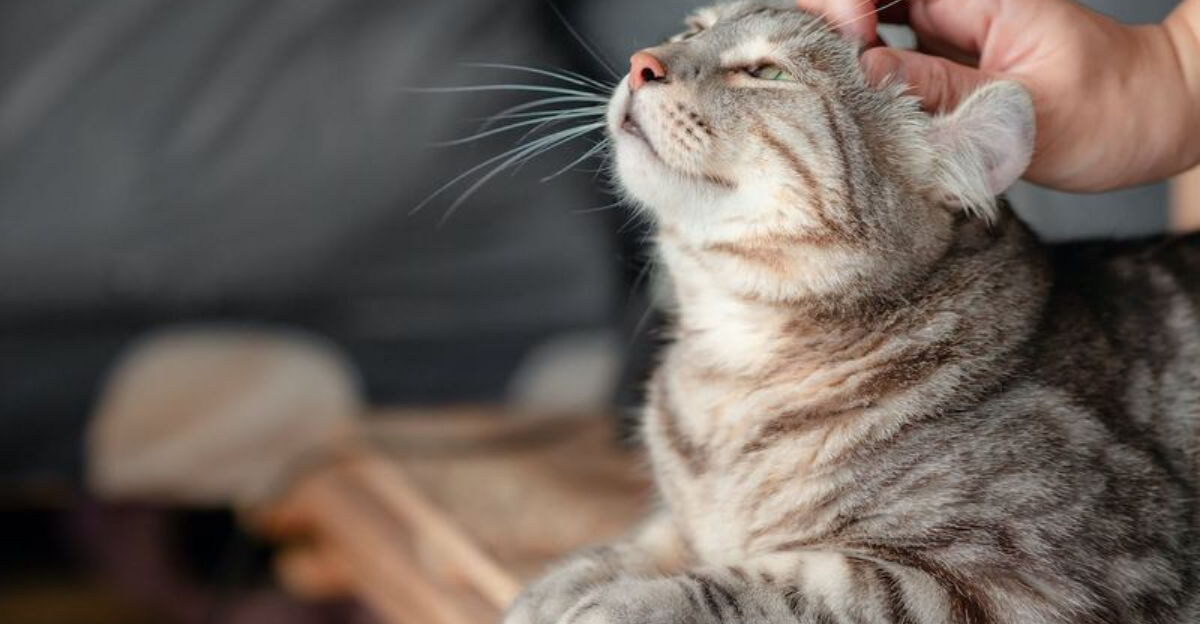
Owning an indoor cat can be a rewarding experience, but it comes with its own set of surprises. While these furry companions are often low-maintenance, there are plenty of things that only seasoned cat owners know.
From their quirky habits to unexpected health issues, indoor cats have unique needs and behaviors that might catch you off guard.
Whether you’re a first-time cat owner or a seasoned pro, these insights are sure to deepen your appreciation for your cat’s indoor lifestyle.
1. Cats Love Predictable Chaos
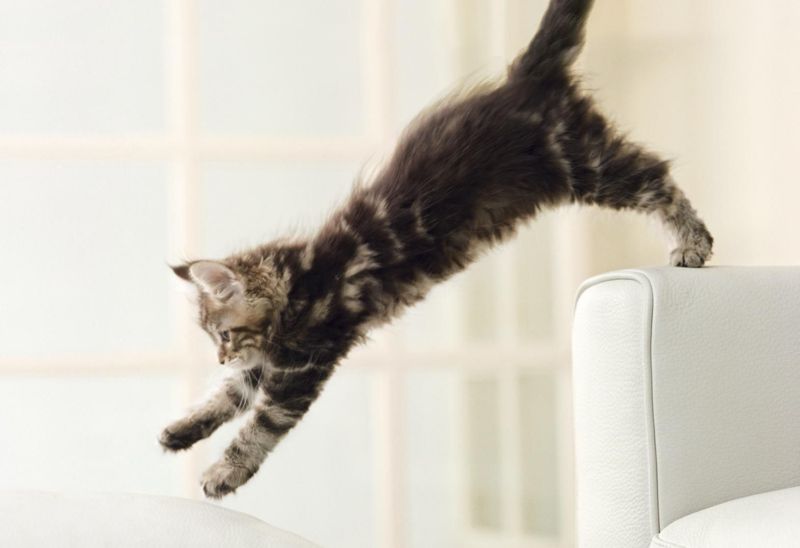
Indoor cats thrive in environments that offer a mix of stability and unpredictability. Believe it or not, they adore small, chaotic moments like a sudden spill or an unexpected tumble of books.
These surprises simulate the unpredictability of the wild, which keeps their curious minds engaged. While it might seem counterintuitive, a little mess can be a delightful playground.
Cats are natural explorers and enjoy rearranging their mental maps.
2. Safe Exploration
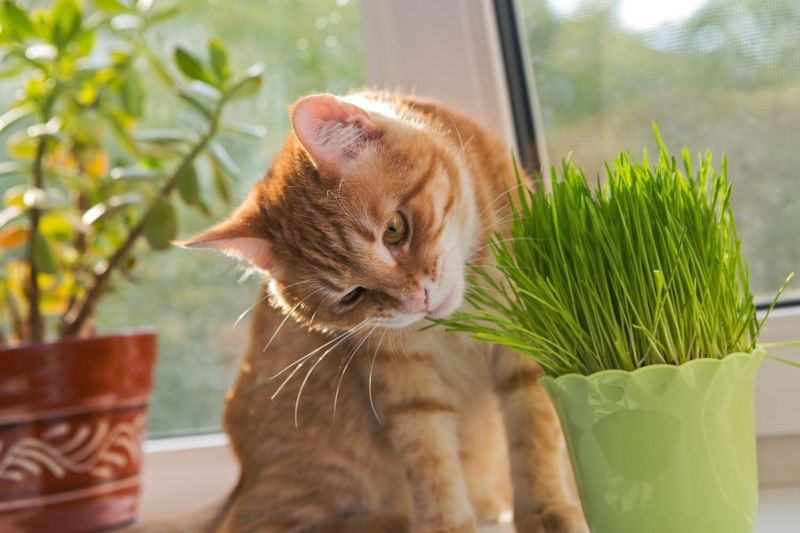
Indoor cats love to explore, and giving them safe spaces to do so keeps them curious and content. Think window perches, cozy nooks, and plenty of textures.
Use only cat-safe plants to avoid toxic mishaps. Add climbing shelves and fun toys to boost their adventure time.
These setups let your cat roam without risk. They’re indoor safaris with all the fun and none of the danger.
Encouraging safe exploration leads to a more fulfilled and happier cat. Curiosity doesn’t have to kill—just thrill!
3. Sunlight And Vitamin D
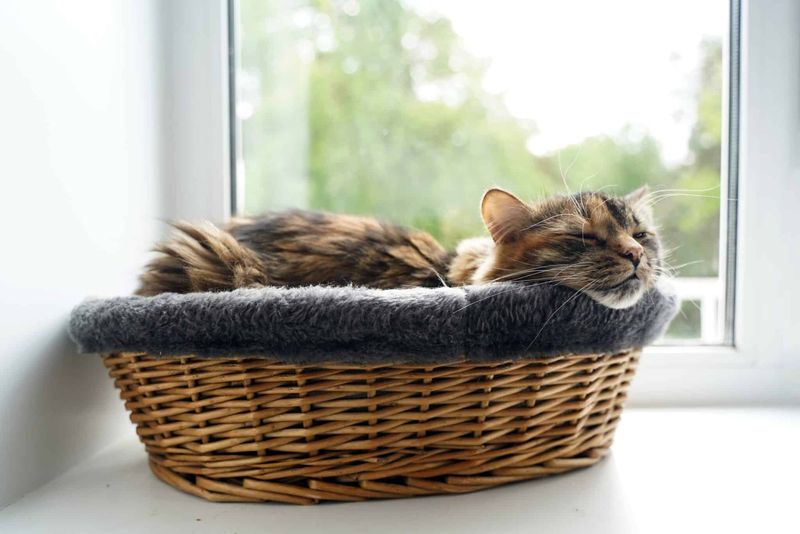
Cats don’t make Vitamin D through their skin like humans, but they still love soaking up the sun. Sunbathing gives them warmth, comfort, and a sense of security.
A sunny window perch is the perfect cat nap spot. It also offers entertainment with views of birds, squirrels, and the world outside.
Natural light helps regulate their sleep and wake cycles, keeping their internal clock on track. Indoor lighting just doesn’t compare.
So, let the sunshine in—your cat will thank you with purrs and cozy naps.
4. Importance Of Interactive Play
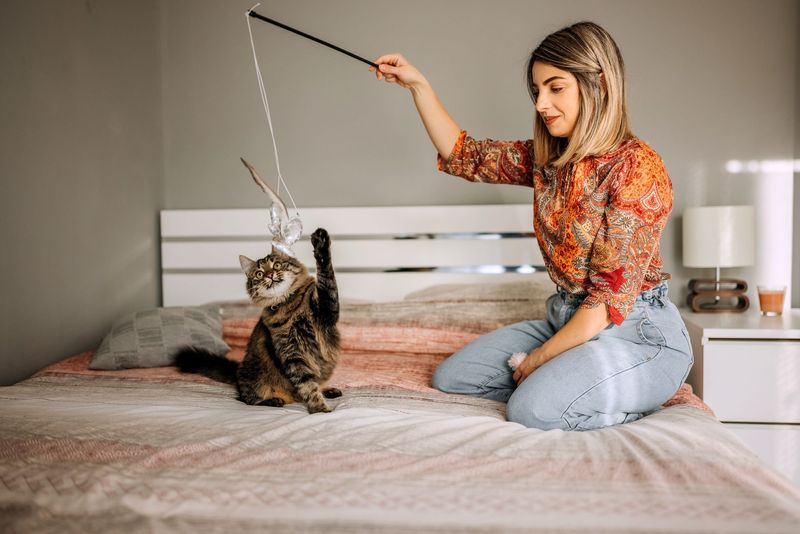
Indoor cats need interactive play to stay sharp, fit, and happy. It taps into their hunting instincts and keeps boredom at bay.
Feather wands, laser pointers, and rolling toys are great ways to get them moving. A few short sessions each day make a big difference.
Play also strengthens your bond and encourages affection. Cats who play regularly are often more social and relaxed.
Make it part of your routine—your cat’s health and happiness depend on it!
5. Dietary Considerations
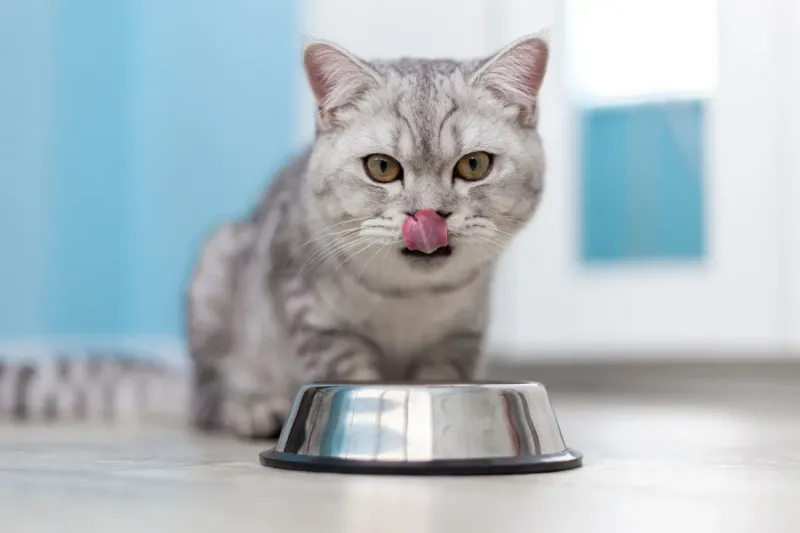
Indoor cats have lower energy needs and require a diet to match. Without proper nutrition, they can easily gain weight.
Look for high-protein, low-carb food made for indoor lifestyles. These formulas help prevent obesity and support overall health.
Portion control is key—some cats snack out of boredom. Wet food can boost hydration, and fresh water should be always available.
6. Understanding Feline Body Language
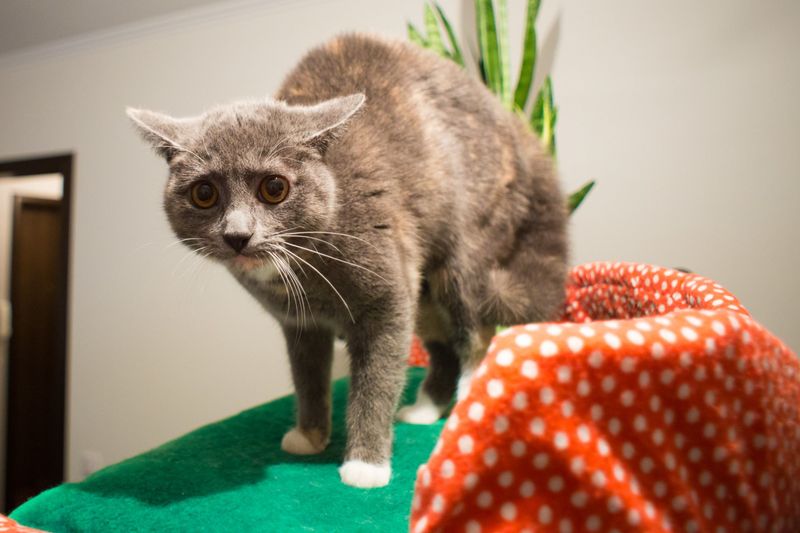
Reading your cat’s body language is key to building a strong bond. They speak volumes with their tails, ears, eyes, and posture.
A raised tail says “I’m happy,” while tucked or low tails suggest fear. Forward ears show curiosity—flattened ears, not so much.
These subtle cues reveal your cat’s mood and intentions. The more you notice, the better you can respond.
7. Regular Health Check-Ups
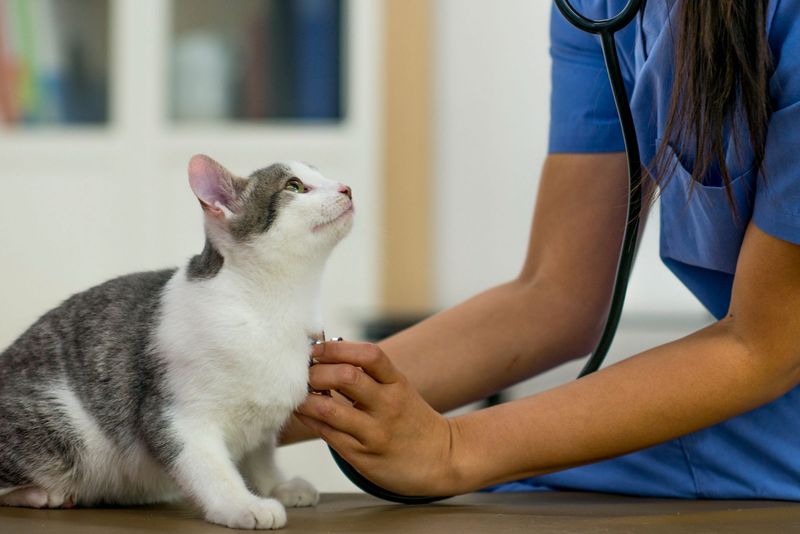
Even indoor cats need regular vet visits to stay in top shape. These check-ups catch health issues early and keep vaccines current.
Dental care is a big deal—healthy teeth mean a healthier cat. Vets also track weight to prevent obesity-related problems.
Building a good vet relationship makes visits smoother for everyone. It’s all about proactive care, not just emergency fixes.
8. Cats Need Vertical Space
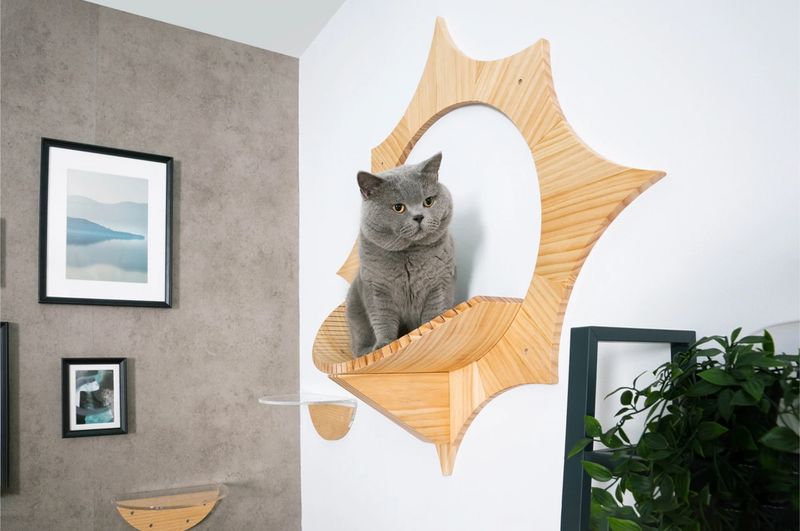
Indoor cats love to climb, perch, and observe the world from above. Vertical space isn’t just fun—it’s essential for their well-being.
Cat trees, wall shelves, and window perches provide exercise and mental stimulation. They also help reduce stress by offering safe, elevated spots to relax.
In small spaces, going vertical makes all the difference. It turns unused wall areas into exciting cat territory.
Give your cat a sky-high playground, and you’ll see a happier, more active feline in no time.
9. Grooming Needs
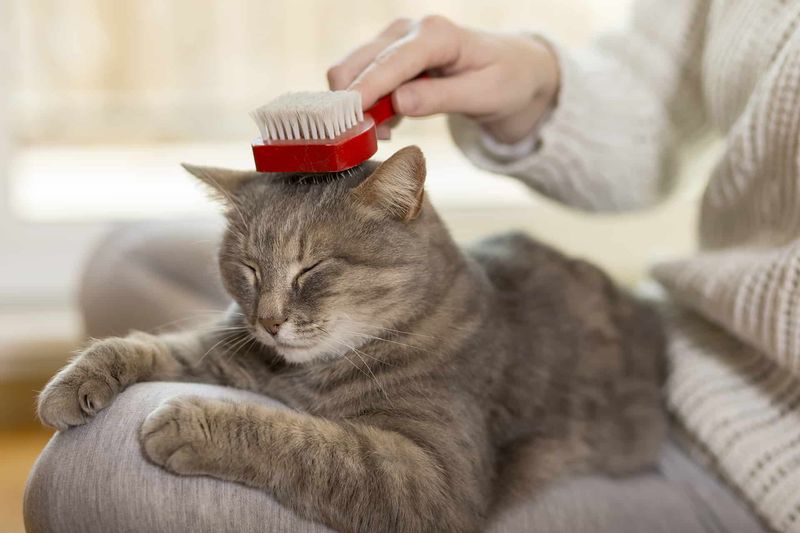
Even indoor cats need regular grooming to stay clean and comfortable. Brushing helps prevent mats, reduce shedding, and manage hairballs.
It’s also the perfect time to check for skin issues or hidden bumps. Don’t forget nail trims—overgrown claws can cause pain.
Use tools suited to your cat’s coat type for the best results. Each breed has its own grooming needs.
Turn grooming into bonding time, not a chore. A calm, regular routine makes it something your cat can actually enjoy!
10. Litter Box Maintenance Is Critical
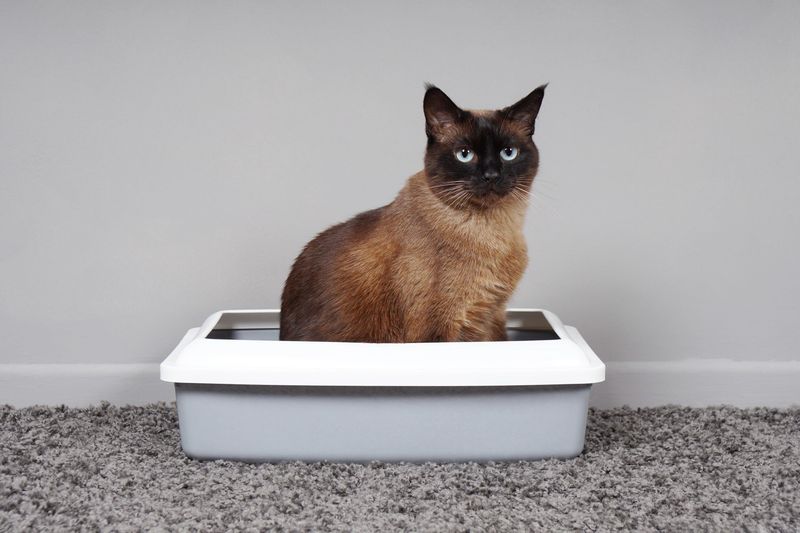
A clean litter box is a must for a happy, healthy indoor cat. Dirty boxes can lead to stress, accidents, or even medical issues.
Scoop daily and do a full litter change weekly to keep things fresh. Your cat will thank you with consistent use.
Location matters too—choose a quiet, low-traffic spot that’s easy to reach. Comfort and cleanliness go hand in paw.
A tidy box isn’t just about hygiene—it’s a big part of your cat’s well-being.
11. The Role Of Routine
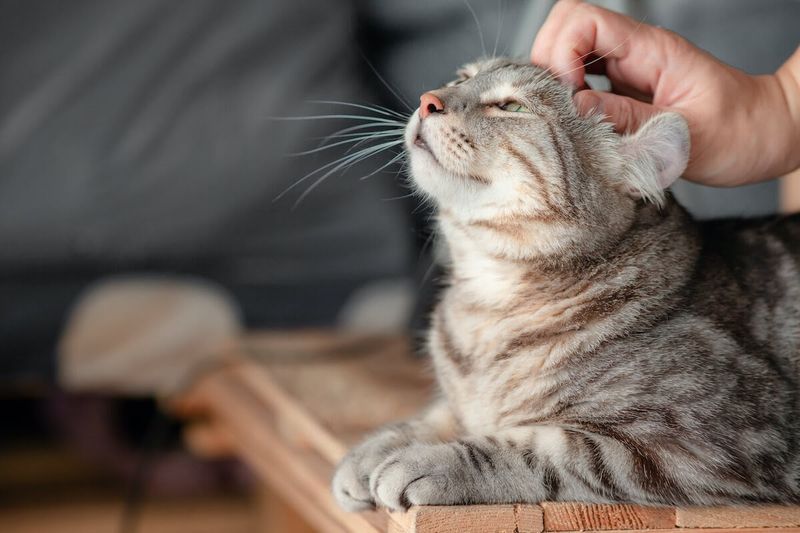
Cats feel safest when life follows a steady rhythm. A consistent routine for meals, play, and rest helps reduce anxiety.
Knowing what to expect each day keeps them relaxed and content. Set times for feeding also support digestion and healthy habits.
Built-in play sessions give them a physical and mental boost. It’s structure with a side of fun.
While surprises are okay now and then, keeping a routine builds trust. For cats, predictability equals peace.
12. Mental Stimulation
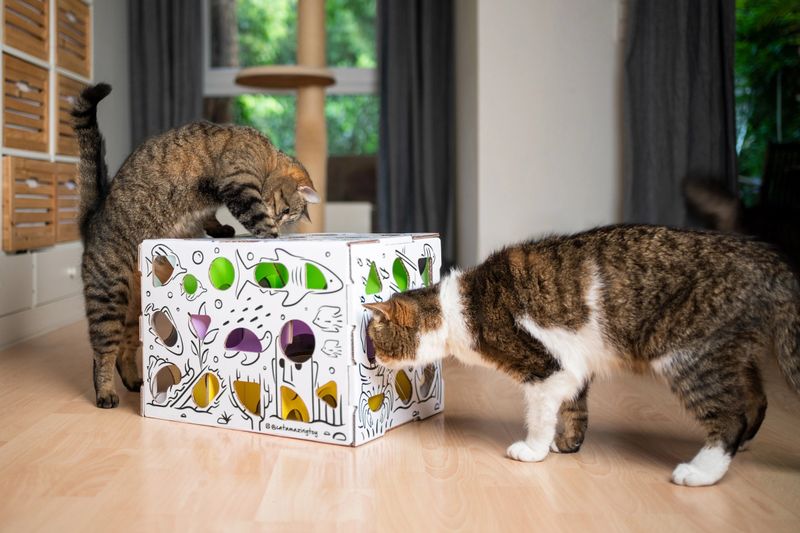
Indoor cats need brain games just as much as playtime. Without mental stimulation, boredom can lead to mischief.
Puzzle feeders and interactive toys challenge their minds and keep things interesting. Rotate toys often to keep the excitement fresh.
Pay attention to what your cat enjoys—it’ll help you choose wisely. A curious cat is a happy cat.
Keeping their mind active means fewer problems and more purrs. Mental workouts are just as important as zoomies!
13. Indoor Cats Can Get Bored
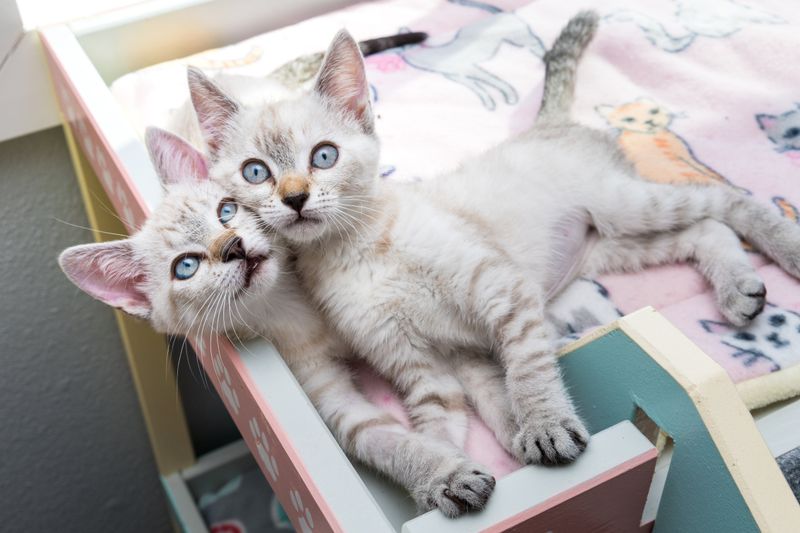
Indoor cats need entertainment to stay happy and out of trouble. Without stimulation, boredom can lead to bad habits and extra pounds.
Switch up toys often and add puzzle feeders to challenge their minds. Daily play sessions are a must for energy and bonding.
Bird feeders outside windows make great cat TV. Even videos made for cats can spark excitement.
14. Understanding Vocalizations
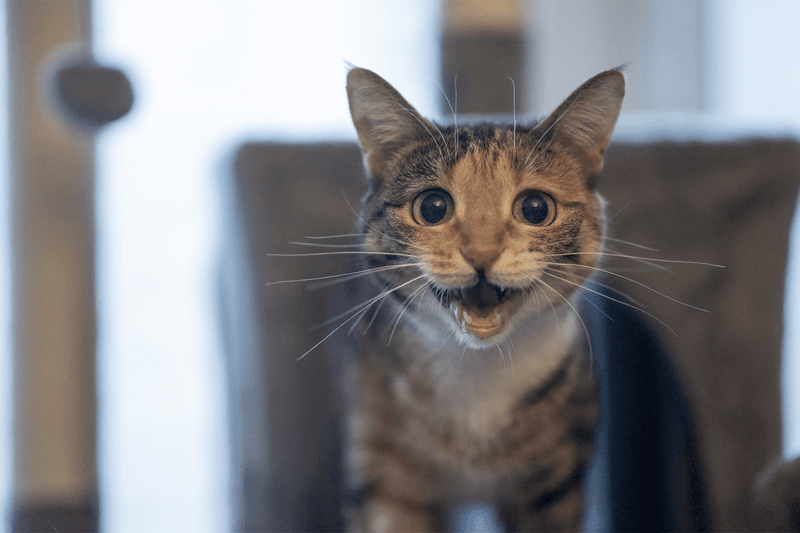
Cats have a lot to say, and their vocalizations can reveal how they feel. Meows, purrs, hisses, and chirps each carry a different message.
A loud meow might mean “feed me,” while a soft purr says “I’m content.” Chirps often signal excitement or a greeting.
Learning these sounds helps you tune into your cat’s emotions. It’s like decoding their secret language.
The better you understand their voice, the stronger your bond becomes. Talk less, purr more!
15. Indoor Cats Mimic Human Sleep Patterns
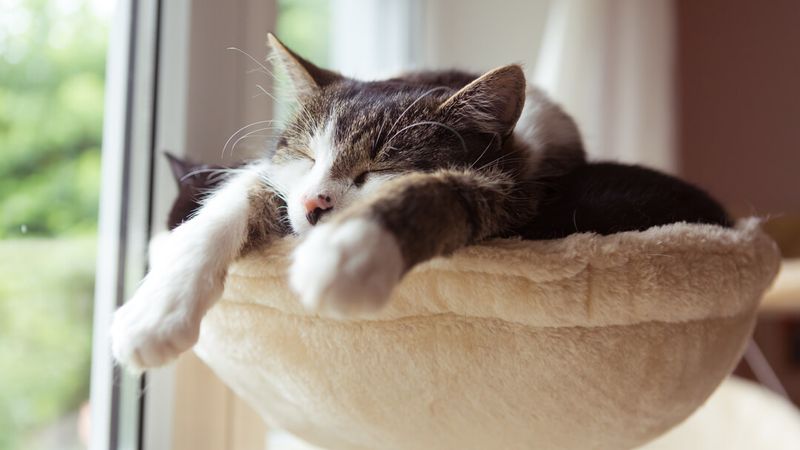
Indoor cats often adjust their sleep patterns to mirror those of their human companions. This mimicry is a sign of their social nature and desire to bond. It’s common to see your feline friend napping when you do.
By aligning their rest times, they strengthen the sense of companionship. These shared moments of rest help enhance the emotional connection between cats and their owners.
If you find your cat snuggled up during your midday nap, rest assured they’re just syncing up with your rhythm. This behavior is a testament to their adaptability and affection.
16. The Bond With Humans
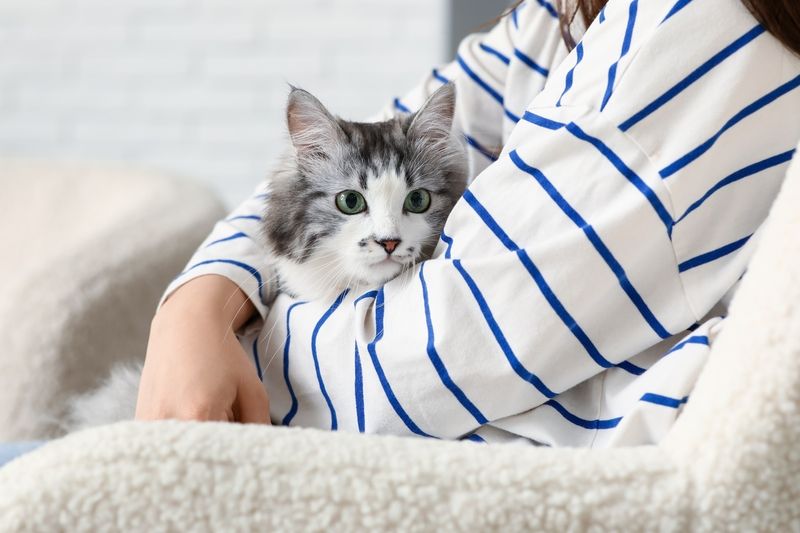
The bond you share with your indoor cat is key to their happiness. While they value independence, they also crave connection.
Spending time playing, grooming, or simply chilling builds trust and love. Watch for their cues—cats love affection, but on their terms.
Respecting boundaries makes your bond even stronger. It’s all about balance and mutual comfort.
17. Environmental Enrichment
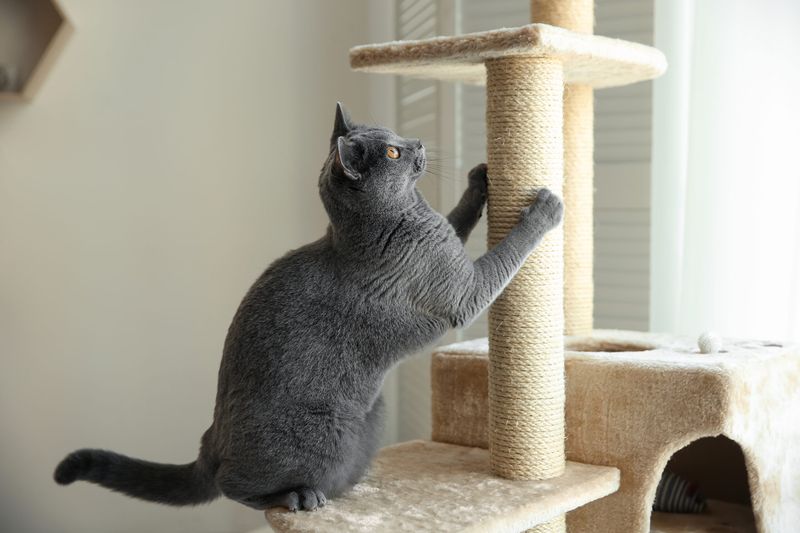
Indoor cats need an exciting space to stay happy and healthy. Boredom can lead to mischief, but enrichment keeps things fun.
Cat trees, scratchers, and cozy hideouts make great additions. Rotate toys and mix things up to keep curiosity alive.
Enrichment isn’t just stuff—it’s smells, sounds, and textures too. Think crinkly tunnels, soft beds, or a whiff of catnip.
A stimulating space brings out the best in your cat. Happy cat, happy home!
18. Cats Are Masters Of Hiding Their Illnesses
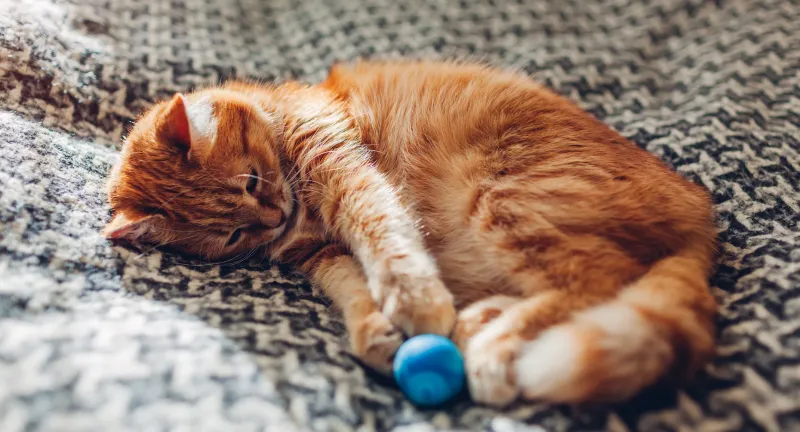
Cats are experts at concealing pain, illness, or injury, a trait that has evolved to protect them from potential threats in the wild. This natural instinct can make it difficult for owners to spot when something is wrong, as a cat may continue to act normal even when suffering from an underlying health issue.
It’s important for indoor cat owners to look for subtle signs of discomfort, such as changes in appetite, behavior, or litter box habits.
Regular check-ups with the vet and being attuned to even small shifts in your cat’s routine can help catch potential health issues early, ensuring your feline stays happy and healthy.
19. Indoor Cats Need Their Own Territory
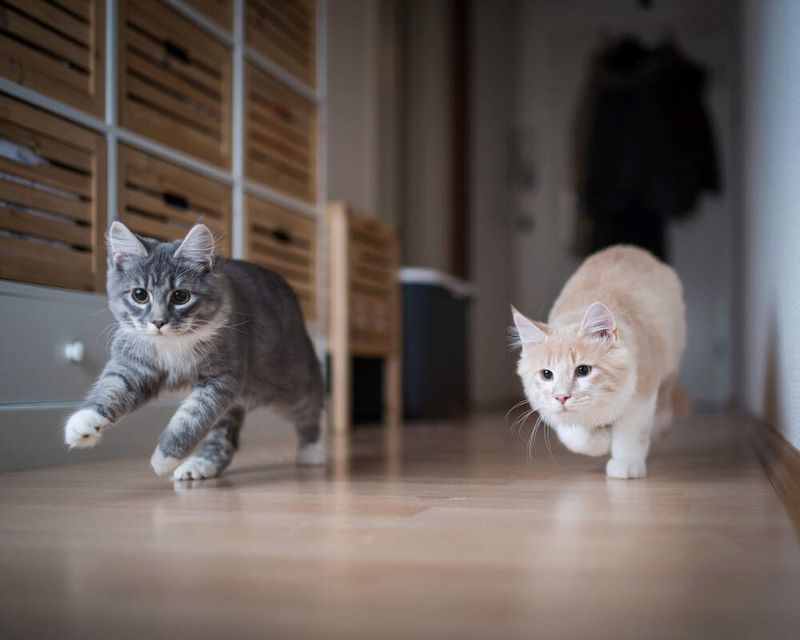
Even though your indoor cat is safe and comfortable in your home, they still need their own space to call “theirs.”
Cats are territorial creatures, and providing them with designated areas where they can retreat or claim as their own—like a favorite perch, bed, or scratching post—helps them feel secure and in control of their environment.
This is especially important in multi-pet households, where a cat may feel the need to establish boundaries. By giving your cat a space to retreat to when they want some alone time, you can reduce stress and encourage a happier, more balanced life.
20. Cats’ Quiet Curiosity
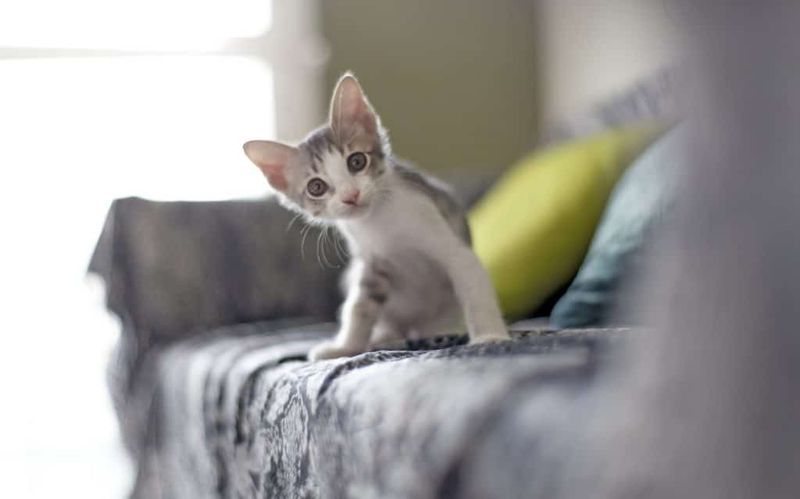
Ever noticed your cat staring intently at seemingly nothing? Cats possess a quiet curiosity that drives them to observe their surroundings with intense focus. Indoors, cats find endless entertainment through windows, watching birds, and observing nature’s dance.
Their world is full of mysteries waiting to be unraveled. With no immediate threat or distraction, their calm observation is a testament to their inquisitive nature.
Did you know? This behavior isn’t just passive watching. It stimulates their mind, providing mental exercise as they imagine intricate scenarios in the world beyond the glass.
21. The Midnight Playtime
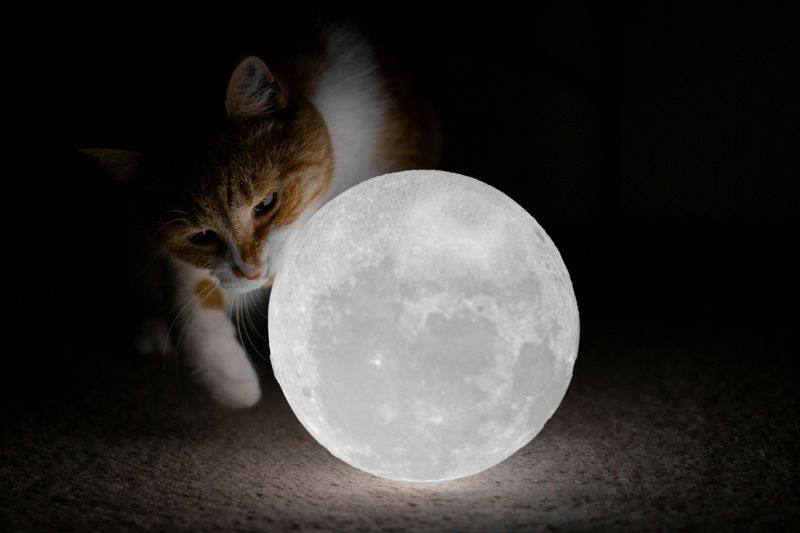
As the moon rises, some cats transform into playful creatures, embracing the quiet of the night for their antics. This nocturnal activity is rooted in their wild ancestry when cats were night-time hunters.
Indoor cats often find night the perfect time to chase toys, explore shadows, and indulge in uninterrupted play. Quieter homes allow them the freedom to roam and engage in their favorite activities.
Their nighttime play isn’t just fun; it’s a throwback to their roots, giving them a chance to express instincts that lie dormant by day.

